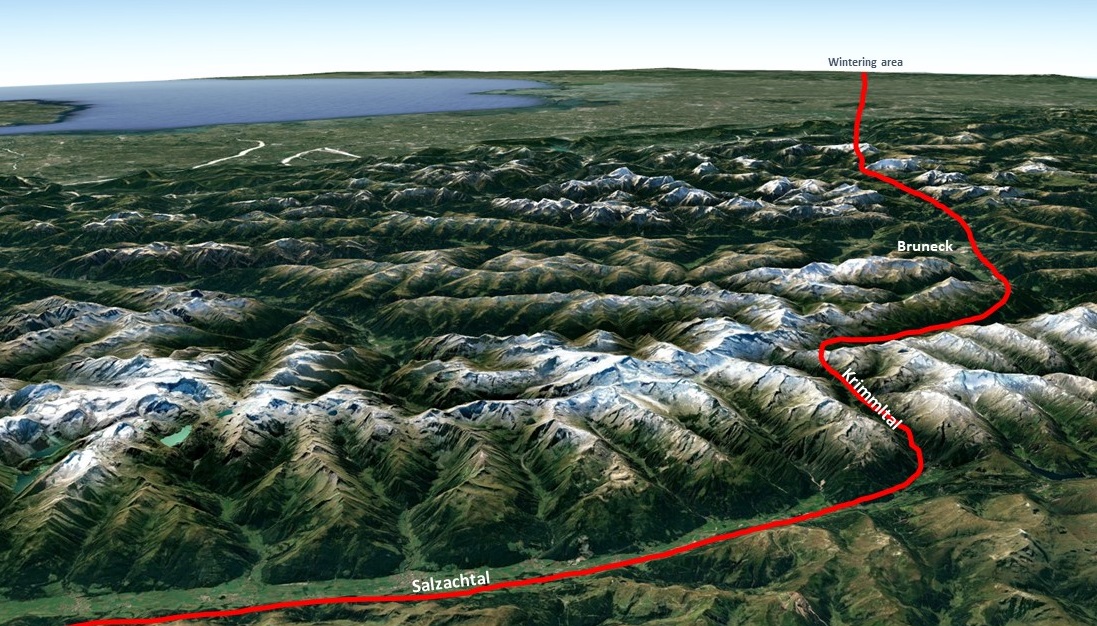Late and exciting: the autumn migration is ongoing
Newsletter 31/10/2021
The trend of the past few years towards an increasingly late departure of the birds from the breeding areas has continued this year. As every year, the birds left their breeding grounds at the beginning of August. That is when the autumn migration should start. But on the way they seek out abundant food areas and stay there for weeks.
At some point, from one day to the next, the birds fly south. We can observe this fascinating phenomenon again and again. Groups at different locations, many kilometres apart start on the same day. The departure seems to be triggered supra-regionally by the same environmental parameters. Which ones is difficult to figure out. However, according to the trend towards ever later departures, it is reasonable to assume that departure of the birds is triggered by climate-relevant parameters that are changing due to current climate change.
Last Sunday, October 24th, the time for departure had finally come. A mixed group of birds from the breeding colonies Burghausen and Kuchl, located in Salzburg north of the Alps, as well as birds from the breeding colony Rosegg in Carinthia from the southern edge of the Alps set off on the same day.
And that day brought us a big highlight. 22 birds from Salzburg, 14 of them juveniles, crossed the Alps together that day. Never before in the frame of our project has such a large group of Northern Bald Ibises been on the way together. The birds flew a route through the upper Salzach Valley and on to the southern end of the Krimmeltal, where they reached South Tyrol over a 2,500-meter-high pass. There, the path leads past the Dolomites into the Po Valley.
Most of these birds reached the winter area on October 27th. However, one juvenile lost contact in northern Italy and has stayed there ever since. Another five young birds were separated from the group on the Apennines. They flew further south without a leader and unfortunately just past the winter area. They are currently at the height of Rome.
The separation of young birds during migration is a well-known phenomenon that has also contributed significantly to the extinction of the Syrian relict population, as the inexperienced birds have little chance of survival outside the colony. However, we assume that separated young birds in our population will find contact more and more often with increasing population size and thus reach the winter area. In the meantime, we are trying to help these isolated juveniles by releasing experienced, adult birds at their site. These adults will hopefully lead the juveniles to the common winter area.
Also, from the Rosegg breeding colony, 13 juveniles and three adults have already arrived in the winter area. This is a great achievement for this youngest breeding colony in our project.
With the birds of the colony in Überlingen on Lake Constance, however, patience is still required. All 31 animals are still on site. There is currently a lot of ground fog in the area, and we suspect that this visual obstruction has so far prevented the birds from departing. But it can't take much longer there either.

Image: The group's flight route from Salzburg, through the Salzach Valley and the Krimmeltal Valley to South Tyrol. The approximately 750 km to the winter area WWF Oasi Laguna di Orbetello were flown in four days.




